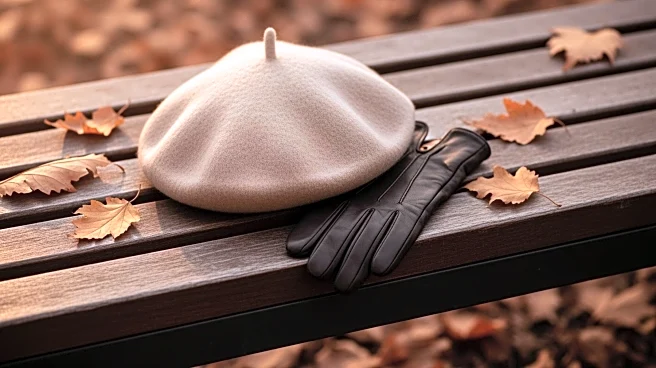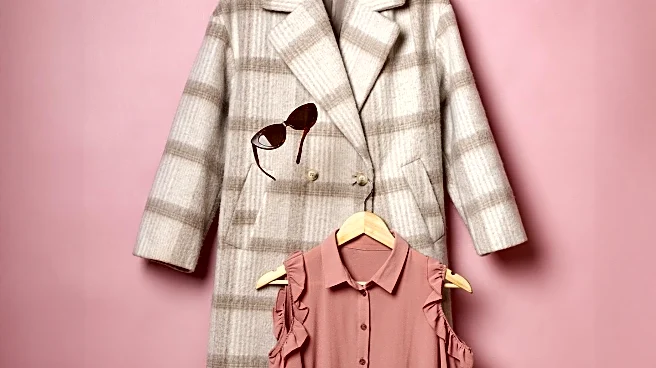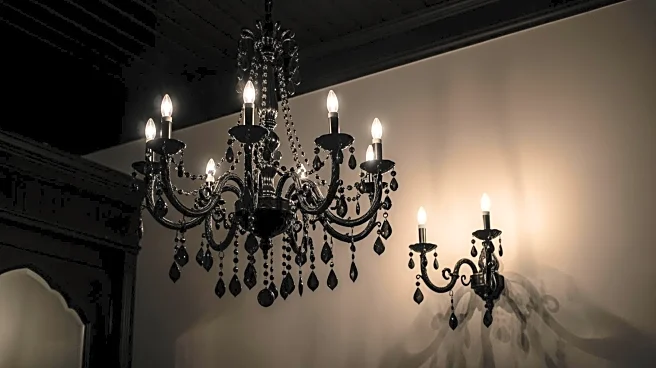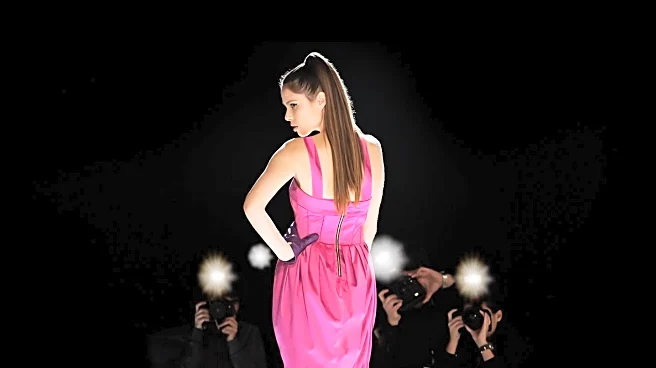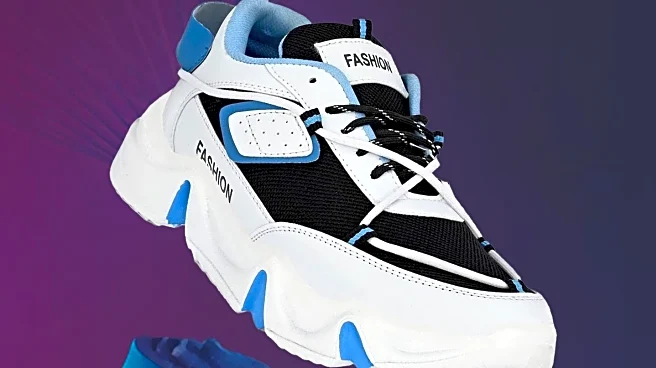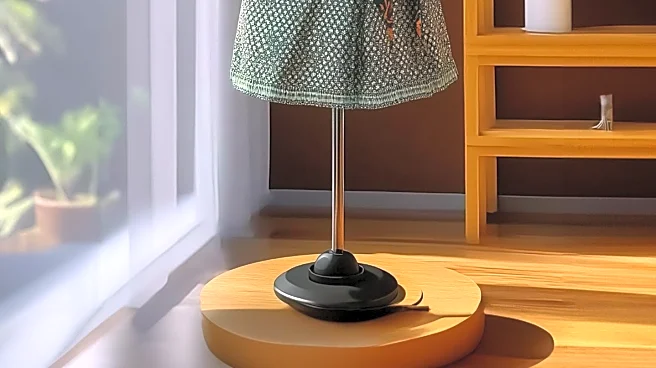What's Happening?
The recent fashion month showcased the Spring/Summer 2026 collections, emphasizing emotion and community through movement, texture, and craftsmanship. Textured accessories emerged as a significant trend,
with designers like Dries Van Noten and Gucci leading the charge. These accessories, including fringed pumps, faux fur tote bags, and woolly hats, add depth and individuality to ensembles. The collections highlighted a mix of everyday staples with high-impact accents, such as beads, sequins, and tinsel, encouraging a blend of simplicity and opulence. The trend extends to various materials like shearling, velvet, and suede, offering a sensory experience in fashion.
Why It's Important?
The focus on textured accessories reflects a broader shift in the fashion industry towards personalization and sensory engagement. This trend allows consumers to express individuality and creativity through their fashion choices, potentially driving sales in the accessories market. The emphasis on craftsmanship and texture also suggests a move towards more sustainable and thoughtful fashion practices, as consumers increasingly seek unique, high-quality items. This could influence production methods and material sourcing, impacting designers and manufacturers. The trend's popularity may also affect retail strategies, with stores likely to stock a wider range of textured accessories to meet consumer demand.
What's Next?
As the trend gains momentum, fashion retailers and designers may expand their offerings of textured accessories, incorporating them into upcoming collections. This could lead to collaborations between designers and artisans, further promoting craftsmanship. Consumers can expect to see more diverse and innovative uses of texture in fashion, potentially influencing other sectors like interior design and lifestyle products. The trend may also inspire fashion events and exhibitions focused on texture and craftsmanship, providing platforms for emerging designers to showcase their work.
Beyond the Headlines
The rise of textured accessories highlights a cultural shift towards valuing tactile experiences in a digital age. As consumers seek to balance virtual interactions with physical experiences, fashion provides a medium for sensory engagement. This trend may also reflect a growing appreciation for artisanal skills and traditional craftsmanship, challenging the fast fashion model. By prioritizing quality and uniqueness, the fashion industry can contribute to more sustainable consumer habits, encouraging mindful purchasing decisions.



